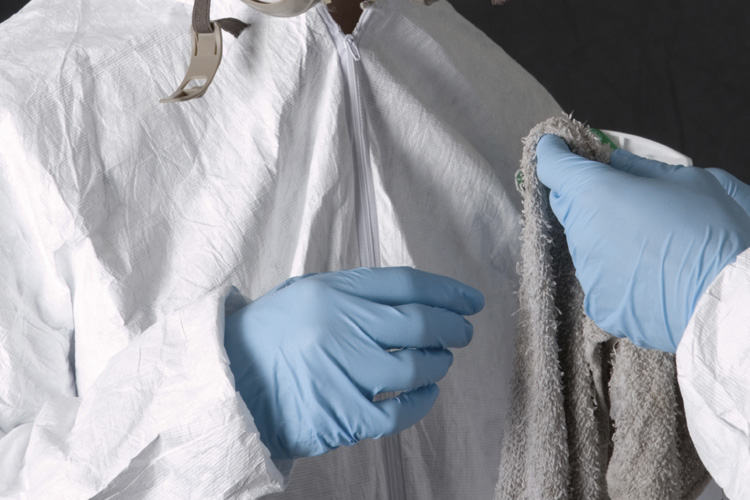The Remediation process involves various stages to ensure the safe removal and disposal of the toxic materials. Whether it is lead, mold or asbestos, these hazardous materials may be present in your facility.
Exposure to these dusts can have adverse effects including cardio-respiratory problems, strokes and asthma symptoms.
Toxic dust can be found in products, such as insulation for pipes (steam lines for example), floor tiles, building materials, and in vehicle brakes and clutches. Toxic Dusts includes the mineral fibers chrysotile, amosite, crocidolite, tremolite, anthophyllite, actinolite and any of these materials that have been chemically treated or altered.
Heavy exposures tend to occur in the construction industry and in ship repair, particularly during the removal of asbestos materials due to renovation, repairs, or demolition. Workers are also likely to be exposed during the manufacture of asbestos products (such as textiles, friction products, insulation, and other building materials) and during automotive brake and clutch repair work.
Lowering toxic dust exposure can generally be accomplished by using common dust control methods, such as using a HEPA vacuum to collect dust at the point where it was created prior to getting into the air and having workers inhale it.
Suggested Industrial Vacuums for Recovery of Toxic Dust
PrestiVac HEPAPlus* Vacuums are specifically designed to safely vacuum toxic dusts. Equipped with a Certified Absolute HEPAPlus*filter with an efficiency of 99.995% on 0.2 micron so there is no risk of exposure or contamination for the operator or the environment. These vacuums are tested for absolute filtration. Testing Method: IEST RP-CC034.3. H14. MIL-STD 282 / A.S.T.M. - D2986-91. MPPS method EN 1822.
Which Industries are at Remediation?













